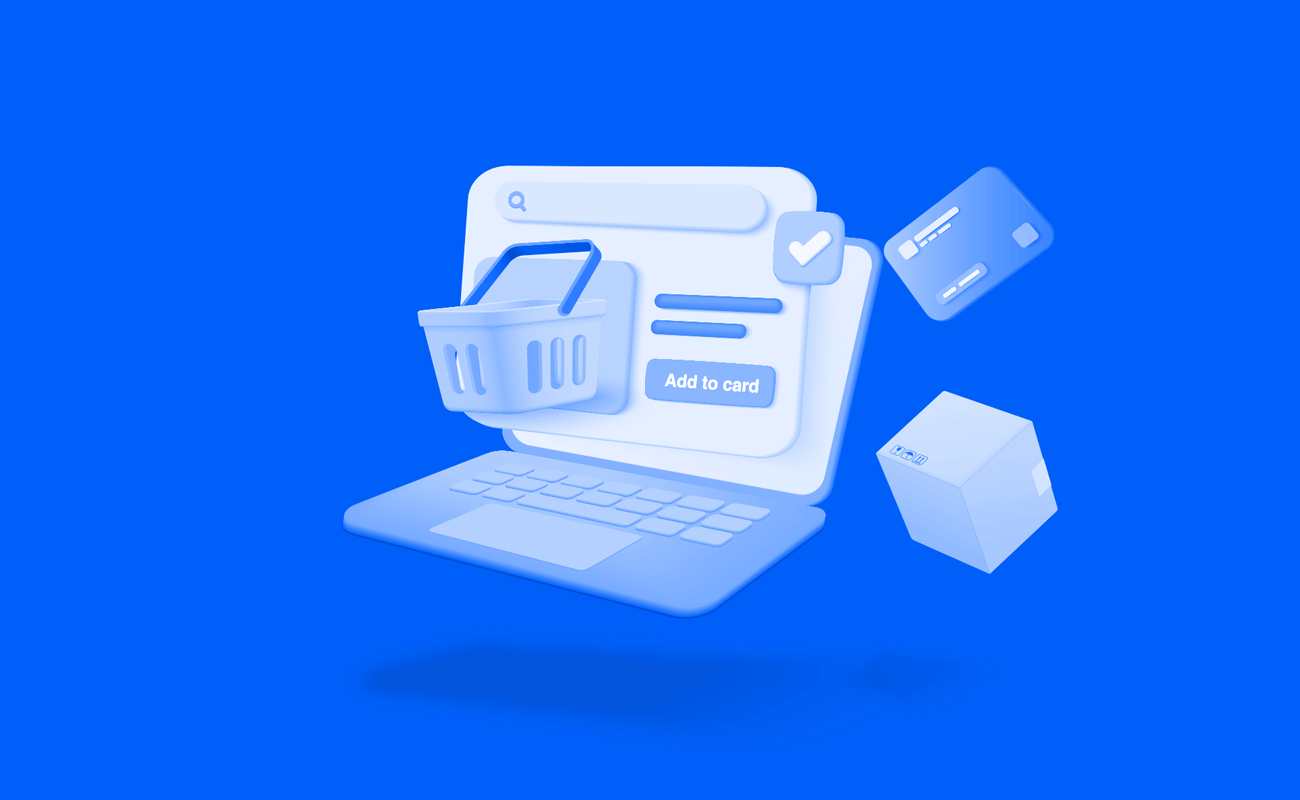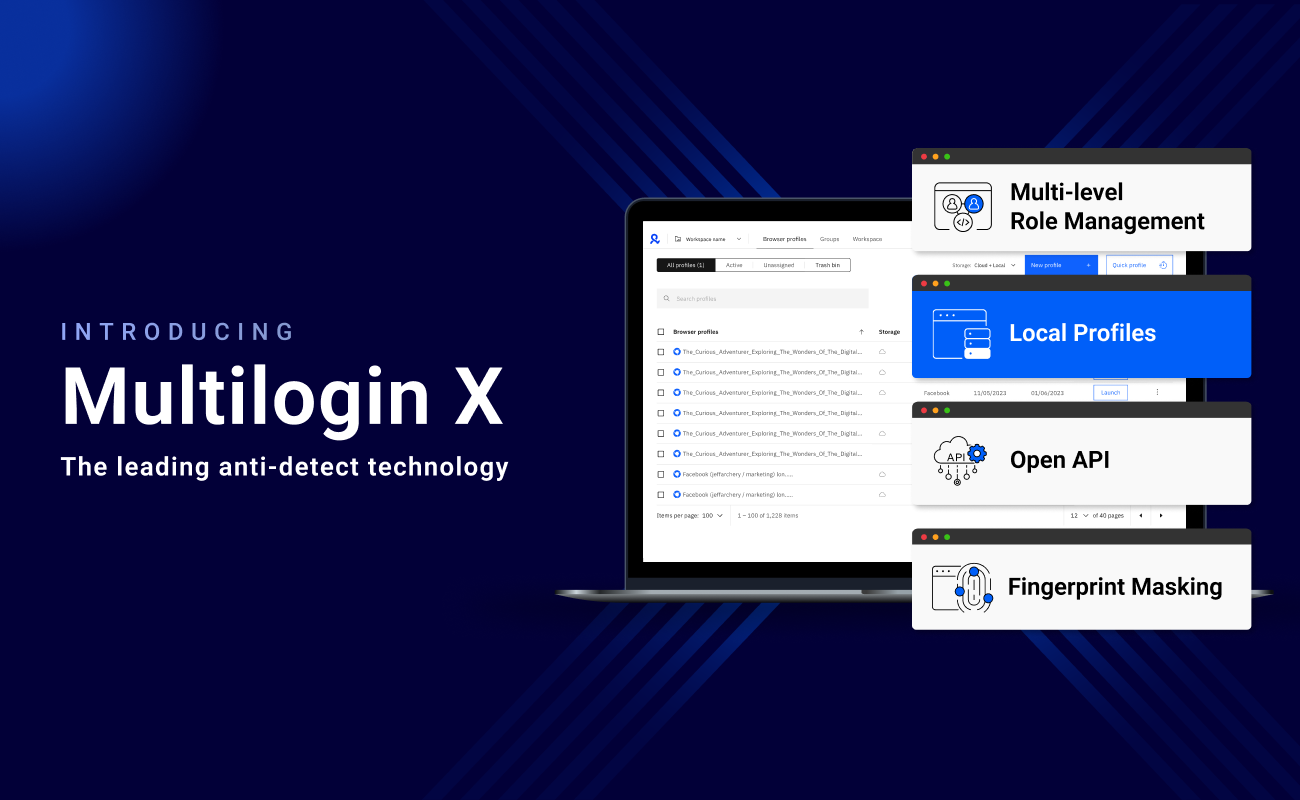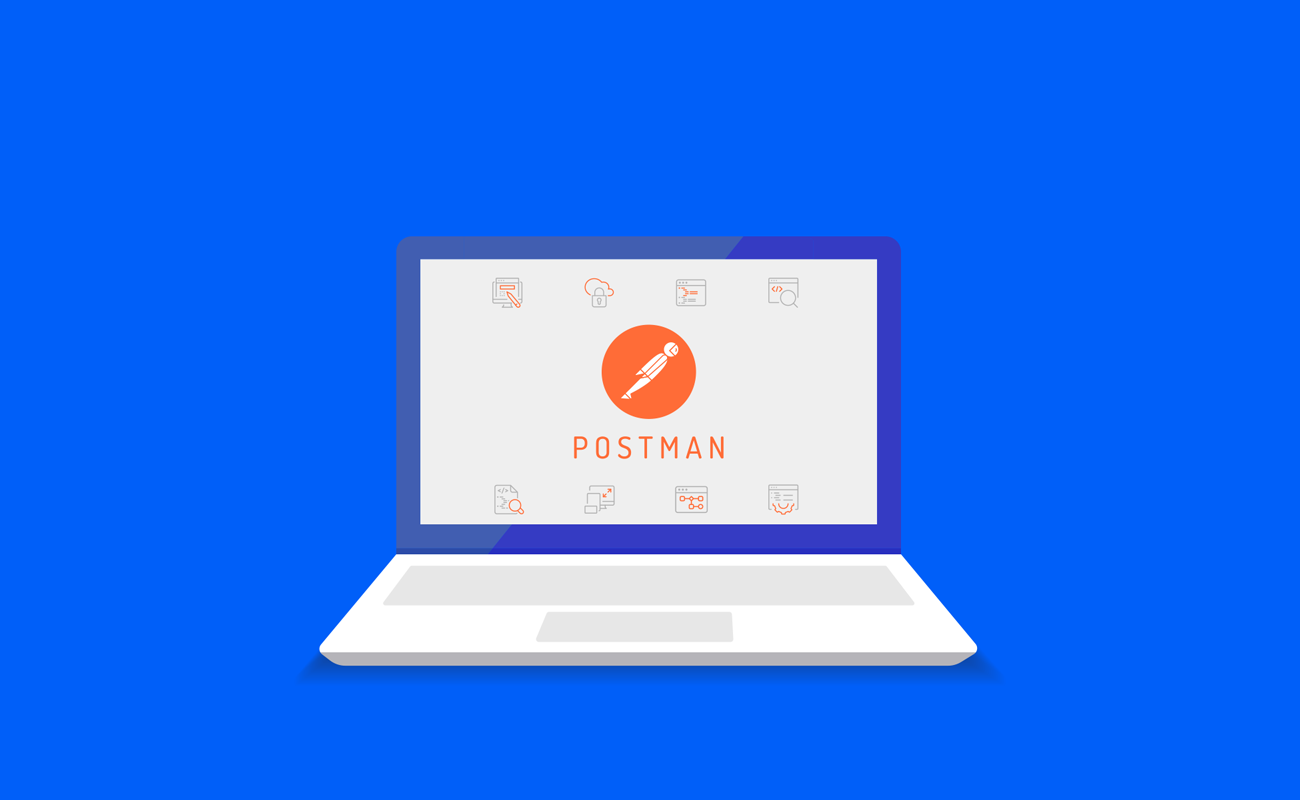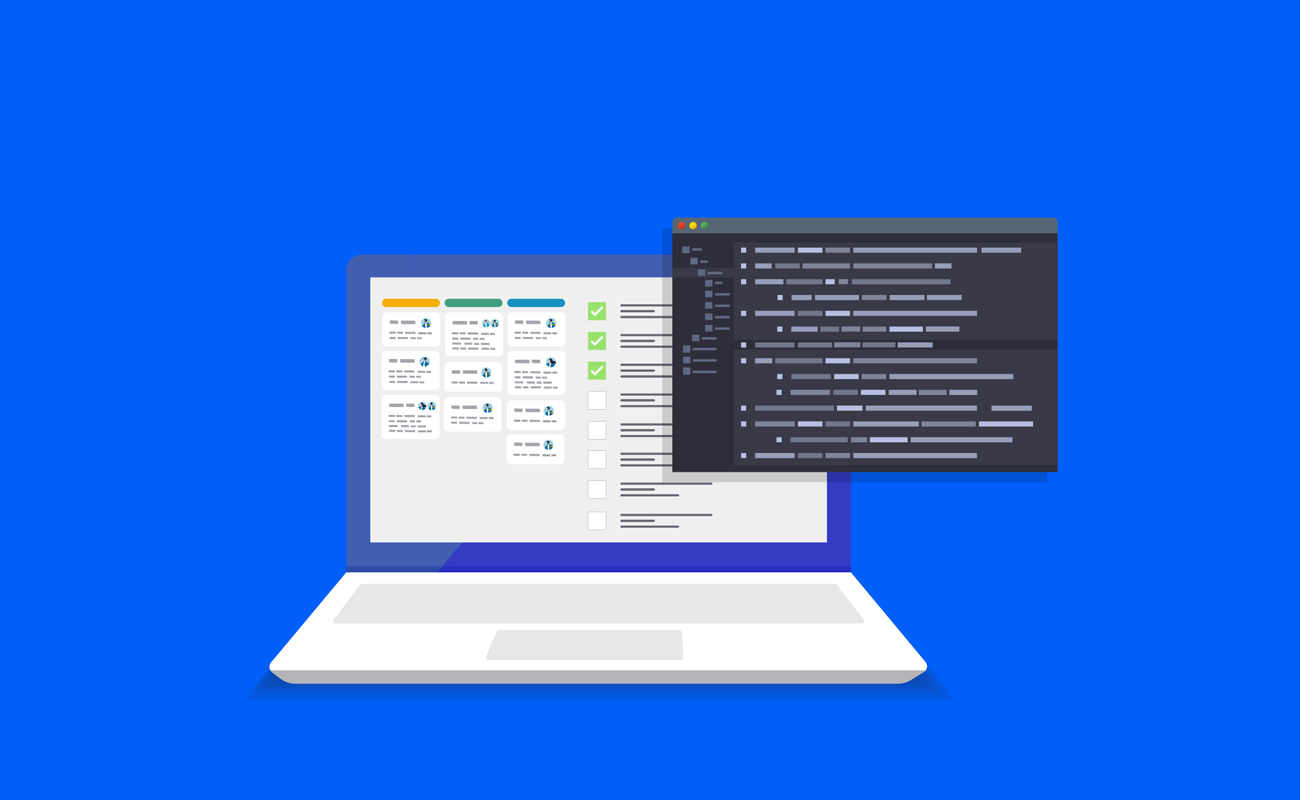
How do the best affiliate marketing websites get quality traffic?
SEPTEMBER 01, 2022 | USE CASES
High-quality traffic is the bread and butter of any affiliate marketer’s business, but sometimes it can feel like, despite your best efforts, the numbers just aren’t coming in as you’d like. Yet it is possible, as some of the biggest affiliate networks show – so what’s the secret?
What actually is ‘high-quality traffic’?
As with any goal, it’s good to start with a definition, so what are we actually talking about when we say ‘high-quality traffic’? Well, on a broad-brush level, it is traffic that is interested in your promotion and is likely to convert.
The best affiliate marketing websites have built up a strong pipeline of new (and, at best, returning) readers or viewers whom they can rely on to keep conversion rates at least steady.
Within this pipeline, however, we can break the traffic down a little further as a hierarchy.
1. Traffic that is actively seeking your product and ready to purchase
2. Traffic that is actively seeking your product to make a comparison, but not set on purchase
3. Traffic that is interested in your product, but is not actively seeking
If you’re familiar with classifying traffic into sales funnels, you can see that these segments fall within the lower (narrower) moments: interest, consideration and conversion.
All are already aware of the problem they have and that they need or would need something to help solve that problem. In other words, the high-quality affiliate traffic you’re targeting has already passed through the first stage of awareness. They are people who are open to being shown your product and how it can benefit them.
What conversion rate can you expect on the best affiliate marketing websites?
This is to a larger extent product-dependent, but by and large most industry players agree that it will hover around the 0.5-1% mark. Sometimes you will see conversions as high as 10%, but beware: this can often be the ‘trap of percentages’. In other words, conversions are high because your traffic volumes are low. However, the good news is that you seem to be attracting motivated purchasers, so you do have a good basis from which to scale upward.
How can you target high-quality traffic?
Speaking of growing your traffic, how can you actually attract it to your offers? Here are a number of tried-and-tested methods.
Paid traffic for affiliate marketing
Generating paid traffic for affiliate marketing is an absolutely essential step to take. Although there are no guarantees, once it’s well optimized, it will generally be a less volatile source than organic traffic.
The most common way you’ll be doing this is through what is known as pay-per-click, or PPC. PPC is essentially an advertising model through which you place your ads on a given platform and you pay that platform’s owner for each click through the link on the advert.
Often this will be in the form of paid search on a search engine, most commonly Google but also Bing, Baidu in China, Yandex in Russia and others. You’ve probably seen adverts at the top of the search engine results page when you’ve looked for a particular term – that is what you’re targeting.
To get into that position, you would set up ads on the search engine’s dedicated platform, such as Google Ads, targeting particular keywords. Normally you’ll include some short, snappy and actionable copy in the form of a headline, description and link.
Of course, you’re usually not alone in wanting to advertise on a given keyword, so you have to enter bidding with others looking to do the same. Many platforms will offer the chance to use an automated bidding strategy, and in some cases this can be far more efficient – it is worth trialing it for results.
Social media traffic for affiliate marketing
Now, this does overlap with our section on paid traffic for affiliate marketing, but we’ll treat it as its own beast.
Social media is likely to also be one of your biggest forms of high-quality traffic, particularly from paid advertising.
There are multiple forms this might take, including:
Organic social posting: regular social posting on your feed or in other groups and communities with the aim of growing your audience
Paid social advertising: the more effective of the two for gaining high-quality traffic, this can be running paid display campaigns, or it could be setting a budget to boost an existing organic post
On the vast majority of social media platforms, you can target your audience relatively narrowly, including aspects such as geolocation, shopping engagement, interests, language, demographics like age and gender and more.
Organic search traffic
Organic search traffic is people who come to your site or promotions via a search engine without having been targeted through paid advertising.
Although organic does have potential to contain segments of high-quality traffic, it’s likely to be more of a background element that you build up over the long-term in your affiliate strategy.
Again, keywords are crucial here, and understanding search trends that relate to your product, particularly from those in the three categories of engaged shoppers we highlighted above. You need to begin to build up resources for them that answer these queries – perhaps blogs, videos with text posts, Q&As, white papers and more – that will help you to capture some of the traffic.
You will find that very specific keywords will have low volumes of search traffic, while higher volumes will go to less specific ones – but they will be more competitive. Finding the sweet spot between those two should be your aim in trying to climb the search engine rankings.
Where to go next with your affiliate business?
As you begin to build up traffic, you'll likely start to see evidence of how huge the opportunities out there are for affiliate marketers. The good news is that with the right technology in your arsenal, you can scale faster and further than you'd ever otherwise think possible. Find out more in our blog about growing your business with multiple accounts.






